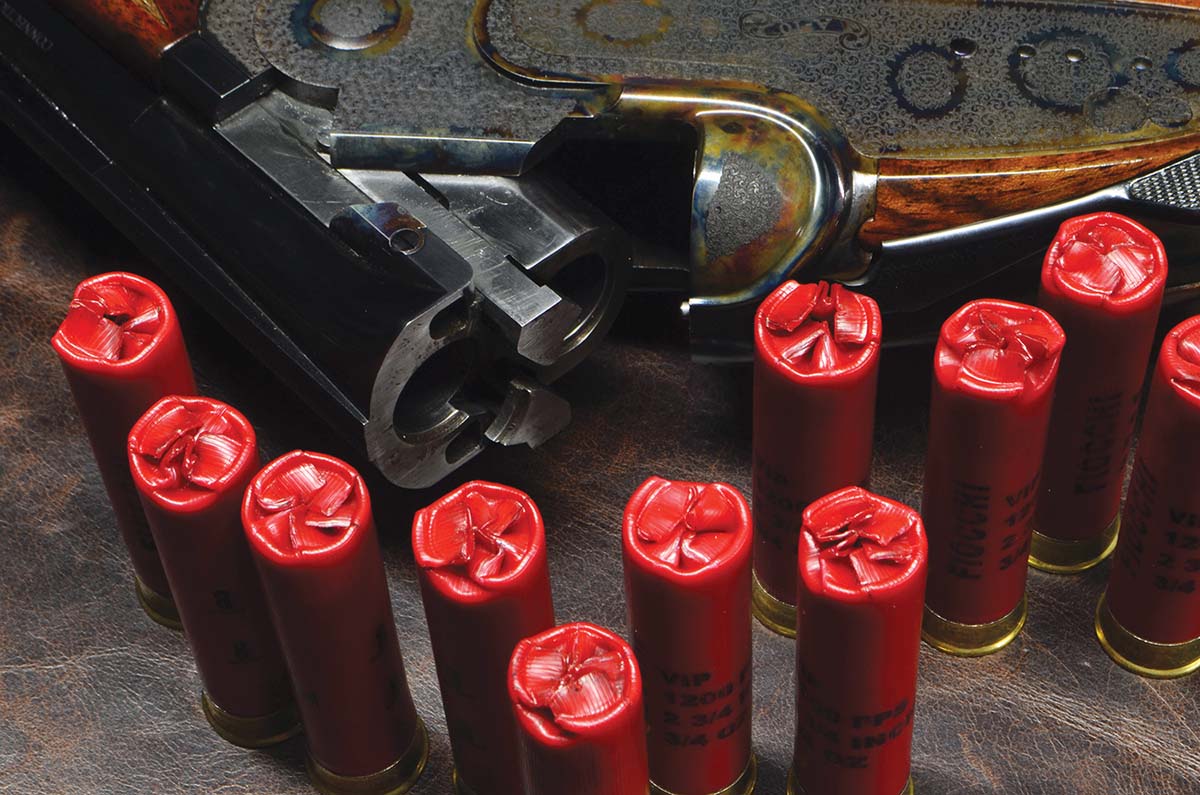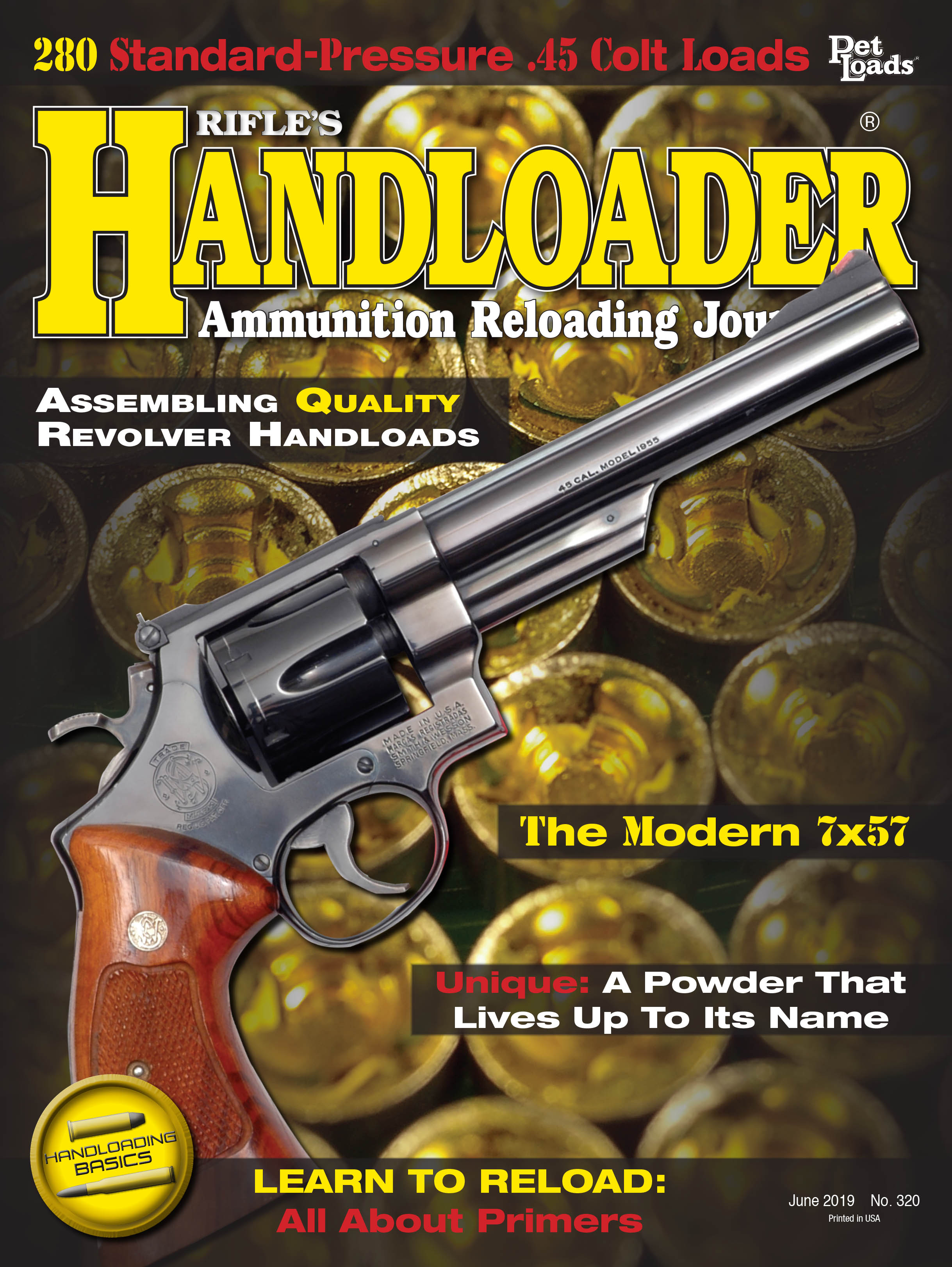In Range
Measure for Measure
column By: Terry Wieland |

Science, said Lord Kelvin, is measurement or words to that effect. The noted Victorian scientist had a profound influence that lasts to this day.
In the field of biology, for example, he inspired generations of taxonomists to measure, re-measure and define every little difference in, among others, grizzly bears. Those who would differentiate and create sub-sub-species of bears ad infinitum became known as the “splitters,” and they would have had us believe that in the mountains of the northwest, there existed two dozen different types of grizzlies.
Their opponents, the “lumpers,” disagreed and insisted that, while this grizzly might be a blonde, and this one a two-tone brunette, and a third a little taller on average or with a narrower skull, all were one species.
I long ago lost track of who was winning among the splitters and the lumpers, and concluded that part of the mad rush to create new sub-species was inspired by a desire to attach one’s name, in Latin form, to the newly discovered (or created) sub-category.
About the same time all of this was happening, scientists in the field of ballistics were busy measuring and categorizing everything from pistols to howitzers. Much of it was inspired by the science of gunnery, artillery and naval guns, which had made great strides since the Napoleonic Wars. This was of deep interest to the British, since the guns of the Royal Navy were the instrument that kept the sea lanes open and the French safely on their side of the channel.
The foremost civilian ballistician of the day was R.W.S. Griffith, a scientist who deserves to be better known, at least among handloaders. Much of what we think we know today began with Griffith’s work on behalf of The Schultze Gunpowder Company, Ltd. Schultze, for those who are not familiar, was one of the main smokeless powders in use at the turn of the century, invented by the Prussian Captain Johann Schultze. Along with E.C. (Explosive Company) products, Schultze was one of the two or three most popular shotgun powders at a time when English ammunition companies were in frantic competition to supply the burgeoning demands of wingshooters in the days before the Great War.
One of the questions that bedevilled Griffith was how to characterize shotgun patterns because, as Lord Kelvin cautioned, “If you can’t measure it, how do you improve it?”
How, indeed?
Keep in mind, this was less than half a century since the self-contained, centerfire cartridge had arrived on the scene, and while rifle cartridges were pretty much set brass case, primer, powder and bullet, the same was not true of shotguns. There, manufacturers were wrestling with case type (brass, paper or a combination of the two), wads (composition, size), shot (lead, lead alloy, pellet size, amount), and powder (slow, fast, flake, orb). The guns themselves had choke, or not, and a burning question was what velocity to aim for in order to get the best pattern, and also, how do you measure it?
Unlike a rifle, where you could measure velocity with a chronograph (slow and awkward by our standards, but they existed) and the size of groups on paper, from the time you pulled the trigger on a shotgun until the last pellet fell to earth, everything was mystery and conjecture.
What’s more, they knew a shotgun pattern was constantly evolving every microsecond it was in flight. You could pattern one at 20 yards, but get a completely different result at 40, and somewhere around 80, it disappeared altogether. Even allowing for that, patterns on paper are deceiving since they’re two-dimensional, while a pattern in the air is three-dimensional or even four, when you include time.
Two pellet holes might be half an inch apart on the paper, but the pellets themselves are two feet apart in the air, leaving a gap a pigeon could fly through. There was no way to know.
This drove Griffith, the scientist, to distraction. In a lecture to the Gunmakers’ Association in the 1890s, he outlined the problem of testing to see what combinations worked best. Multiplying all the variables that would need to be included in a comprehensive testing program, given the components then in use, Griffith ended up with this calculation:
“Let him try guns of five calibers, of three different weights, with three lengths of barrel, and two kinds of cone, with three methods of boring; and let him use three kinds of cartridge case, with three strengths of cap, loading with, say, six kinds of powder, with three charges, and powders to show four different qualities as to strength and rate of combustion. The wadding to be of about eight different kinds between powder and shot, and of three kinds over shot; the shot to be of three kinds, and of five different sizes, adapted to lie in the case or not. Let the turnover be of four kinds and shoot the whole at six different ranges.
“To take a single shot under each of these complications will involve a series of more than three thousand million rounds, and at least six shots are required for a test, let us say in round numbers eighteen thousand million (18 billion).”
Griffith then admonished his audience to hurry and get on with it, lest the rush of new powders coming on the market multiply the task until “he ends up in 50 years with more to do than when he started!”
The situation with shotshells today is considerably simplified, since we don’t have to worry about multiple over-powder and over-shot wads. However, the task of scientifically comparing loads is still daunting. There are those among the brethren who delight in firing shot after shot at paper and then laboriously counting thousands of pellet holes, but your obedient servant is not one of them.
I figure those who went before, such pioneers in the field of shot patterns as Bob Brister, and Gil and Vicki Ash, put in the laborious hours so we don’t have to. Gil and Vicki, for example, fired thousands of rounds in order to determine the actual shape of patterns from different chokes, from the muzzle out to 60 yards. Invaluable. Bob Brister, with the help of his wife, Sandy, an old station wagon, trailer and huge target board, proved beyond a doubt that the more shot you stuff into a shell, the longer the shot string and thence, the fewer effective pellets.
Do I need to know exactly how many pellets are in the string? No. All I need to remember is the general principle, and the same with the Ash’s life-sized color-coded models of pattern shape.
Don Zutz, who wrote about shotguns for Handloader, among others, in the 1980s, and was a retired science teacher, used to obsess about chokes and pattern percentages, to the point of crying, “Foul!” if a gun turned in 69 percent instead of 70. He advocated firing ten shots and averaging the count, but more than that, breaking down ten identical cartridges, counting the pellets in each, and averaging them so you would know what you started with. Otherwise, he asked, how will you know it’s actually 70 percent, and not 68 or (horrors!) 65? Better you than me.
In the greater scheme of things, that is, bringing back some pheasants from a day in the field, such nitpicking means little or nothing unless you’re a ballistician working for a big company and have writers like Don Zutz studying your products and looking for false claims. I am not saying such testing is pointless. Obviously, without it, we would not have shotshells today of such overall outstanding quality.
When it comes to handloading shotshells – which one does for one of two reasons, to make something you can’t buy in a store or to save money – I am as demanding as most. I want picture-perfect crimps, and I want hulls that aren’t squished or splitting, and I don’t want primers falling out of my pocket.
Naturally, one has failures, and in the course of loading about a thousand 28-gauge shells to feed my current addiction, I ended up with a dozen or so with ugly crimps. As an experiment, I took them to the Skeet range, and every time (or almost every time) I called, “Pull,” the clay turned to shards and dust. Just about the same performance I turn in with factory-perfect shotshells.
The lesson? With apologies to Lord Kelvin, with shotshells, the only really meaningful measurement is whether they do the job.


